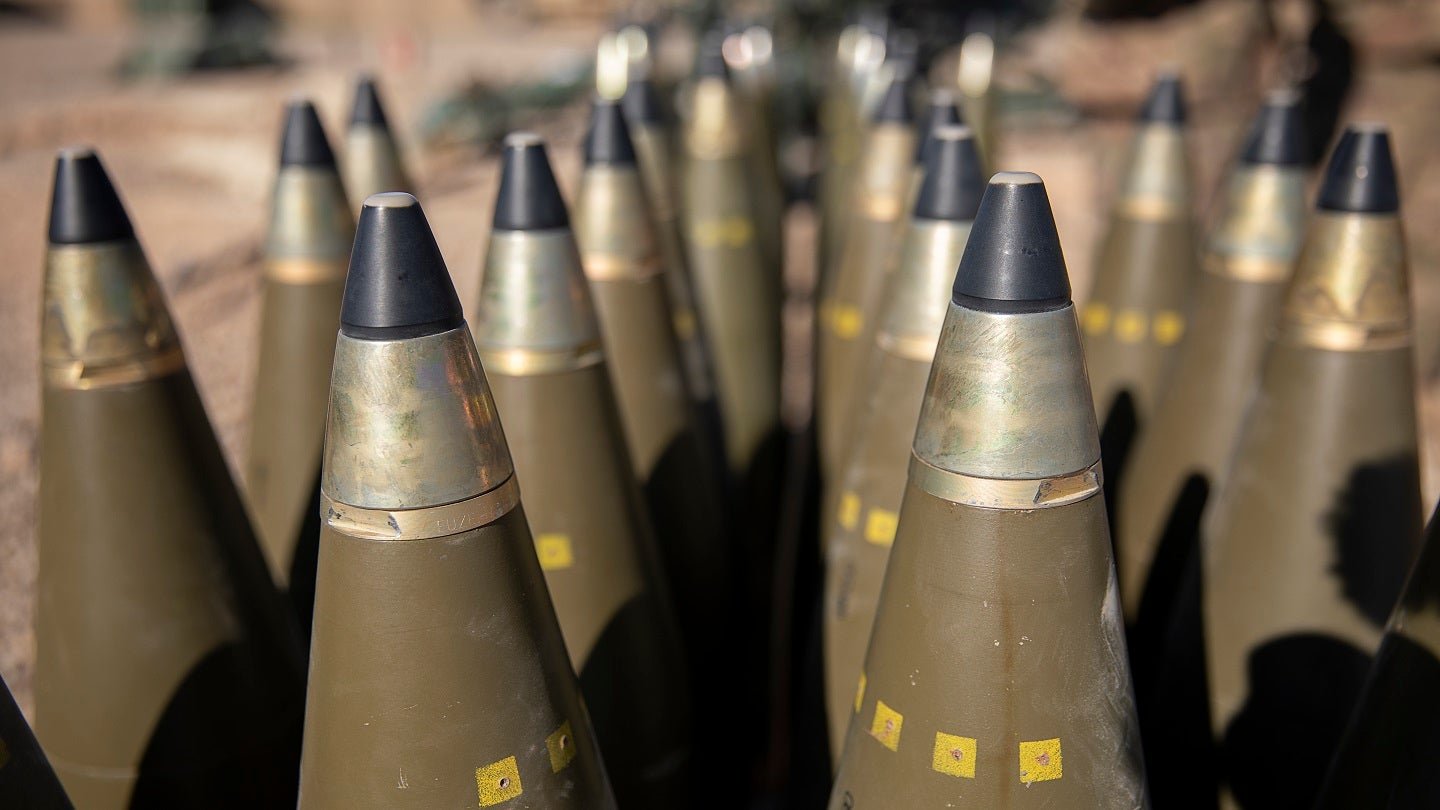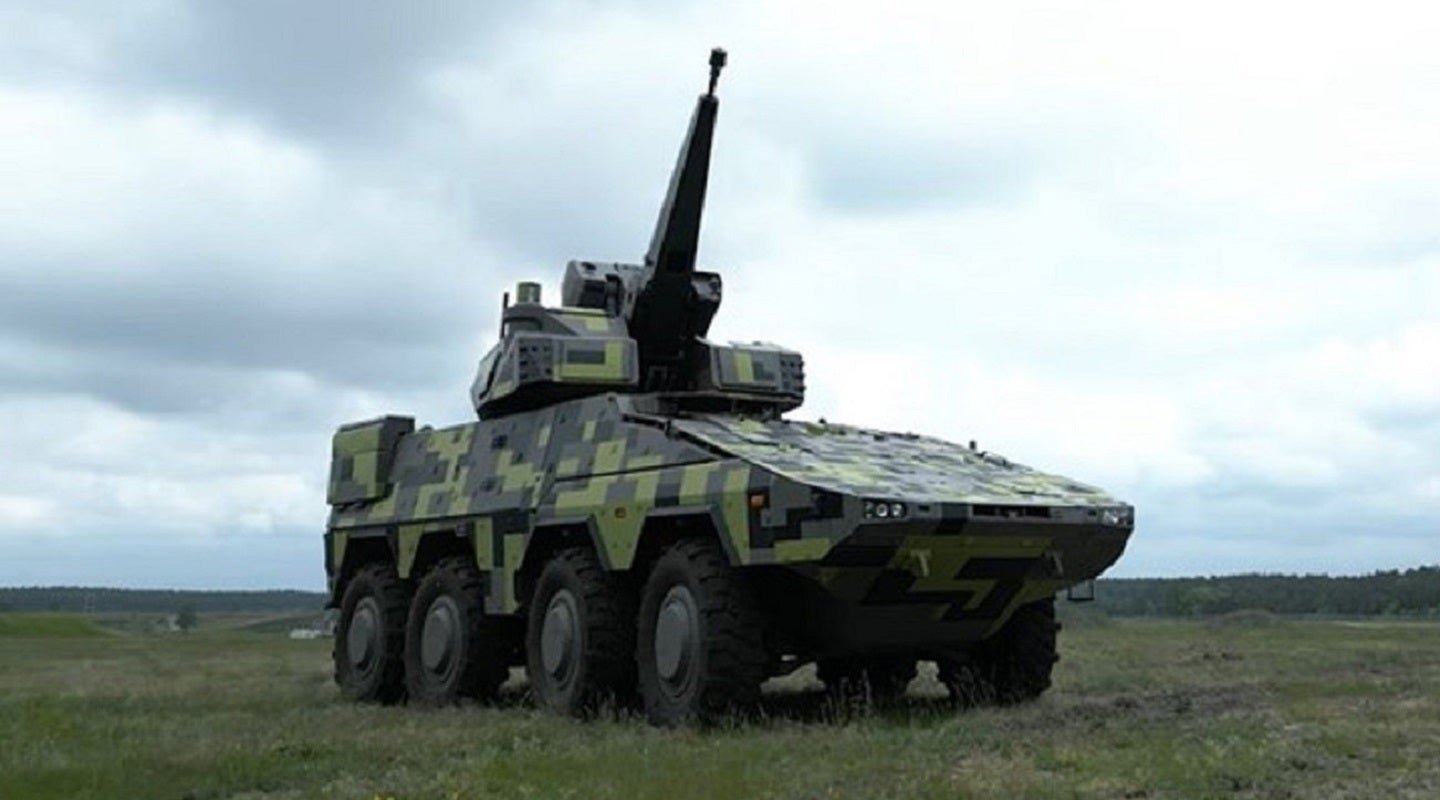As one of only two export operators of the Challenger 2 main battle tank (MBT), the Sultanate of Oman has a decision to make regarding a potential replacement or modernisation programme, effectively choosing to either follow the UK into the Challenger 3 cycle or acquire a completely new platform.
Oman acquired 38 Challenger 2 MBTs from Alvis Vickers, now BAE Systems Land Systems, between 1996-2001, along with four Challenger recovery vehicles in 1996, with the vehicles operating in a single armoured brigade.
The Sultanate will be aware and informed of the UK’s progress with the Challenger 3 programme, which recently revealed that the first prototype had undertaken firing trials at locations in Germany.
It is unknown whether Oman would seek to acquire the remaining 50-60 Challenger 2s from the UK after the upgrade of 148 platforms to Challenger 3 is completed.
The UK will therefore operate a split fleet of Challenger 2 and Challenger 3 MBTs until the latter platform reaches full operating capability in November 2030, after which the British Army’s remaining Challenger 2s will be placed into storage.
The UK’s £800m ($1bn) upgrade to Challenger 3 entails the incorporation of new armour and an active protection system, a new turret, and Rheinmetall’s 155mm L55A1 smoothbore gun, in addition to separate gunner and commander IR optics.
Broken down, this equates to a £5.4m spend per Challenger 2 being upgraded to the Challenger 3 variant for the British Army.
What might Oman do with Challenger 2?
Recently released figures from GlobalData’s Oman Defense Market report indicates that spending on MBTs would rise from $38m (£30m) in 2024 to $85m by 2034, a relatively significant decade-long increase. Using the data available for the UK programme, it would cost Oman around £205m (OR100.4m) to upgrade its Challenger 2 fleet to the Challenger 3 variant.
Given this, the expenditure forecast points towards maintaining existing platforms for another decade, after which time a decision will be required to upgrade or seek a replacement.
With European countries donating much of their secondary MBT stock – such as various variants of the Leopard 2 platform – to Ukraine, the availability of platforms from that market is limited to new builds, which would require a significant lead time before delivery.
Not yet in service with the British Army, the Challenger 3 could nevertheless participate in future exercises in Oman, as has been the case with the UK’s Challenger 2s. Seeing the Challenger 3 first-hand could provide an opportunity to determine how best to secure the next-generation MBT capability for the Sultanate, which maintains a relatively modern land capability.
One of the British Army’s overseas land hubs is located in Oman – centred on the Duqm logistics facility – with UK forces regularly training in the open expanses of the country through the Saif Sareea exercises.
GlobalData report: Oman Defense Market 2024-2029
Oman looks to be emerging from a multi-year period of defence spending decline, which between 2020-2024 registered a negative compound annual growth rate (CAGR) of 2.9%, primarily due to lower oil prices and the impact of the Covid-19 pandemic.
As a result, the defence budget was reduced from $9bn in 2020 to $8bn in 2024, while the acquisition budget was dropped from $1.7bn in 2020 to $1.4bn in 2024.

However, according to GlobalData’s Oman Defense Market 2024-2029 report, the country’s defence expenditure is forecast to value $8.2bn in 2025 as it seeks to modernise its current inventory, keeping pace with regional neighbours such as Saudi Arabia, the UAE, and Bahrain.
Over the 2025–29 forecast period Oman is anticipated to grow at a CAGR of 2.6%, while the defence acquisition budget is expected to grow at 3.9% to record $1.7bn over the reporting period. The defence budget for 2029 is forecast to reach $9.1bn, with Oman’s Ministry of Defence expected to invest in land vehicles, fixed-wing aircraft, and ammunition.












